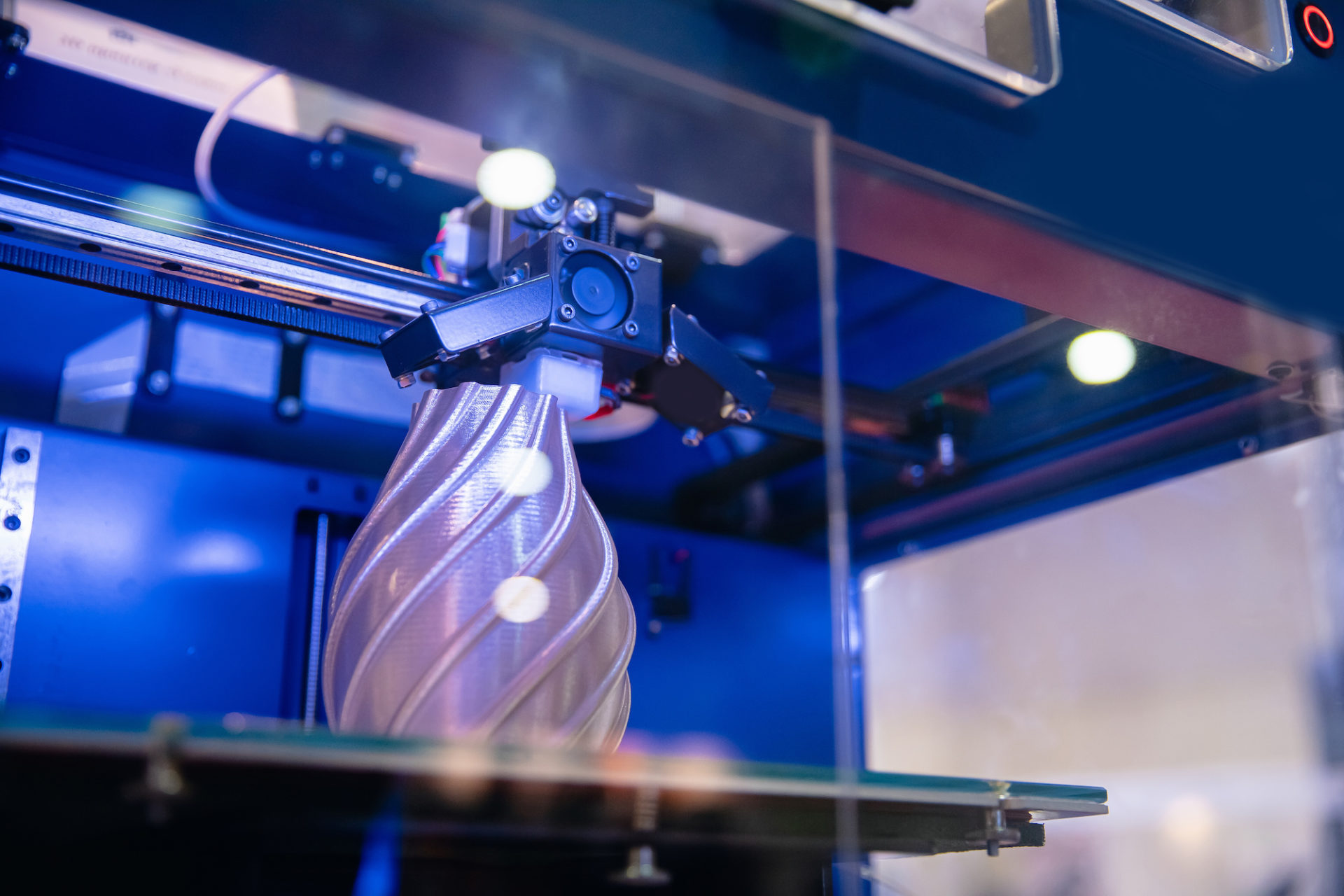The metal casting industry is always on the lookout for new technologies and methods that will increase productivity and cut costs at the same time. The need to do so has never been greater, given supply chain and labor issues plaguing the entire economy for months now. Fortunately, these kinds of situations always result in people coming up with several new and innovative solutions. One such solution is the use of 3D printing for both the initial patterns and even the molds needed for casting.
Pattern Solutions
Typically, the initial pattern of a part is handmade from wood or machined from a chunk of metal. The handmade option is acceptable for a lot of applications where precision isn’t essential. Several of the same patterns can exist with several minor differences between them in applications like décor. Even in situations like that, hand carving the patterns is a time-consuming process. That is, it’s slow in a healthy economy with plenty of craftsmen who can do the job. The numbers of those people are dwindling, though, making delays while a foundry waits on a new pattern a genuine problem. Machined metal patterns are more precise, but they are also time-consuming and cost more in raw material.
Advantages and Versatility
3D printing, on the other hand, is fast, cheap, and precise. Your average printer is also small, meaning it won’t interfere with the rest of the shop. The printers can be used to make the pattern and then move on to make the mold using a more traditional sand casting process. While this certainly saves time and money, it is also possible to use 3D printing to cut out the middle man, using them to make the molds, skipping the pattern altogether. Obviously, this helps accelerate the process, even more, to say nothing of how it can further reduce costs. The printers necessary for that are bulkier and more expensive as they are 3D printing a sand mold. They’ll pay for themselves eventually, but the initial investment is substantial.
What kind of things has people in metal casting been using 3D printers for? Because any single printer is highly versatile, there are few limitations on their use. Jewelers, for example, have used them to make patterns for new pieces. They are also a great many more applications like bicycles, proof of concept devices, short-run tools, décor, or the small metal parts that go into the machinery of many kinds that we all use every day. Considering the level of precision that can go into the design, patterns for all of these applications that would have been impractical before can now be created with ease.
3D printing also has the advantage of not tying up a whole production line for a short-run product. That means you don’t need to interrupt production on your everyday products while keeping the costs down on special run items as you keep making money through normal means.
For similar reasons, 3D printing is also perfect for building prototypes of new products; whether a new part or an entire machine, you can build piece by piece. Concepts and processes can be tested without spending the time and money to build them using traditional methods. A simple working model can be made to determine whether or not it will work in the real world.
Role of 3D Printing in Metal Casting
Metal casting has always stayed at the forefront of new technology. Doing so has always helped us adapt to new market conditions and allowed foundries to thrive in even the most difficult circumstances. 3D printing technology represents the latest innovation in a long line of them. It matters not if the technology originates with us or elsewhere, and what matters is that we see the opportunity presented and capitalize on it.



